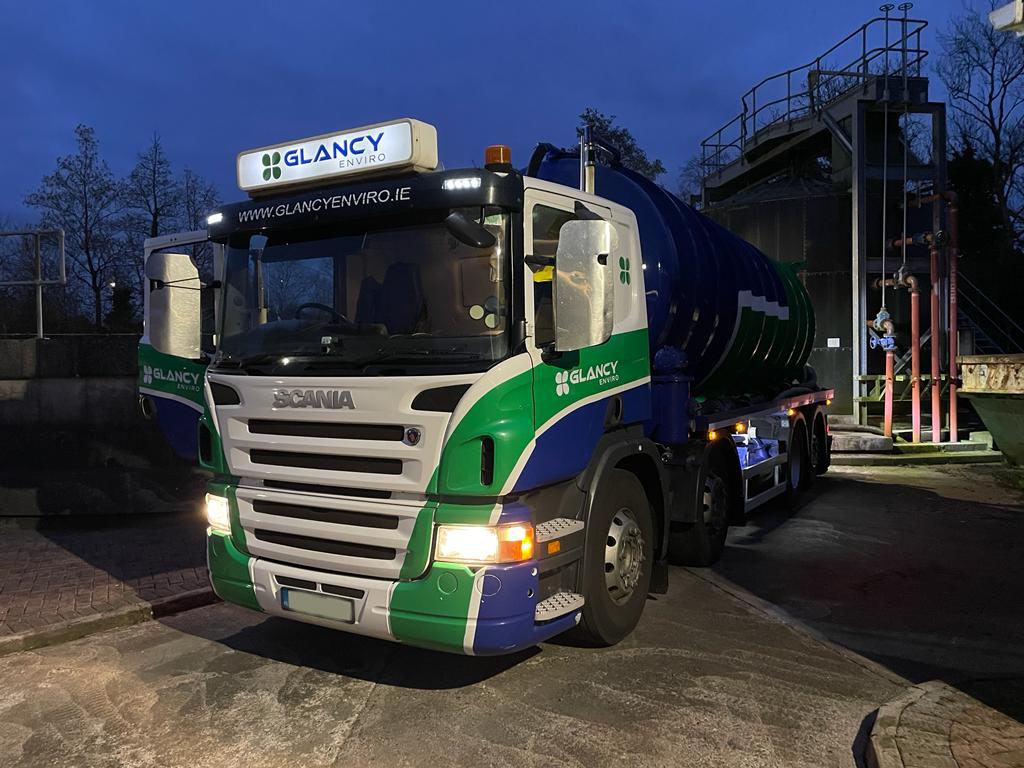The smart Trick of Reclaim Waste That Nobody is Talking About
The smart Trick of Reclaim Waste That Nobody is Talking About
Blog Article
Getting The Reclaim Waste To Work
Table of ContentsReclaim Waste for DummiesA Biased View of Reclaim WasteThe Definitive Guide for Reclaim WasteThe 25-Second Trick For Reclaim WasteFacts About Reclaim Waste Revealed
Residential sewage waste refers to the waste and items from a household septic container. The correct administration and disposal of residential sewage waste require fluid waste to be transferred to a sewage treatment plant where the proper techniques and tools are used to detoxify and dispose of waste.
Industrial waste usually consists of possible dangers, such as combustible products or a combination of liquid and solid waste items, and calls for a much more sophisticated and thorough disposal procedure. The disposal of industrial waste commonly includes the filtration of waste prior to transportation to guarantee safe and proper disposal. Hazardous waste is produced from by-products and runoff of industrial processes and production.
This type of waste can not use the same sewage administration transportation or processes as septic or commercial fluids. The commercial waste administration process calls for the evaluation and testing of fluid waste before it undergoes the disposal procedure (industrial wastewater treatment). Overflow waste is the liquid waste that originates from drainage and excess stormwater in extremely populated areas or cities
Drainage waste can create contamination and flooding if not taken care of effectively. Guaranteeing correct waste monitoring can protect against disasters and lower ecological harm.
The Main Principles Of Reclaim Waste
Contact PROS Solutions today to find out about our waste monitoring and disposal solutions and the correct ways to care for the fluid waste you create.
(https://www.storeboard.com/reclaimwaste2)Do you recognize what occurs to your water when you disengage, purge the toilet or drain the washing maker? No? Well, it's worth knowing. This so-called 'wastewater' is not only an essential resource however, after treatment, will certainly be launched to our land, rivers or the sea. Made use of water from bathrooms, showers, bathrooms, kitchen area sinks, laundries and commercial processes is called wastewater.

water made use of to cool down equipment or tidy plant and equipment). Stormwater, a form of wastewater, is drainage that streams from farming and city areas such as roofing systems, parks, yards, roadways, paths and seamless gutters right into stormwater drains, after rain. Stormwater flows unattended directly to regional creeks or rivers, ultimately getting to the ocean.
Reclaim Waste - The Facts
In Queensland, most wastewater is dealt with at sewer therapy plants. Wastewater is delivered from domestic or commercial sites via a system of sewage systems and pump terminals, recognized as sewerage reticulation, to a sewage treatment plant. Neighborhood federal governments develop, maintain and operate most sewer therapy plants. Operators are certified under the Environmental Management Act 1994 to discharge treated wastewater at an appropriate environmental criterion right into waterways.
The Department of Natural Resources advises city governments concerning managing, operating and preserving sewerage systems and therapy plants. In unsewered areas, neighborhood federal governments may need householders to set up specific or home sewer treatment systems to treat residential wastewater from bathrooms, cooking areas, shower rooms and washings. The Department of Natural Resources authorizes the use of family systems when they are proven to be reliable.
In some brand-new class, therapy of some stormwater to eliminate clutter, sand and crushed rock has actually begun making use of gross contaminant catches. Wastewater treatment occurs in 4 stages: Eliminates solid issue.
Wastewater then streams right into big containers where solids resolve and are gotten rid of as sludge. Grease and residue are skimmed from the surface area. Uses little living microorganisms understands as micro-organisms to damage down and remove staying liquified wastes and fine particles. Micro-organisms and wastes are incorporated in the sludge. Gets rid of nitrogen and phosphorus nutrients that might create algal flowers in our rivers and endanger aquatic life.
The smart Trick of Reclaim Waste That Nobody is Talking About
Nutrient removal is not offered at all sewage treatment check this site out plants since it needs costly specialized equipment. Clear liquid effluent produced after therapy might still contain disease-causing micro-organisms - liquid waste removal.

Many wastewater moves right into the sewerage system. Under the Act, local governments provide authorizations and permits for ecologically pertinent activities (ERAs) including wastewater releases that could have a neighborhood impact.
About Reclaim Waste
Tracking gives factual information about water high quality and can confirm that permit problems are being satisfied. The details gotten via surveillance provides the basis for making water quality decisions.
Report this page